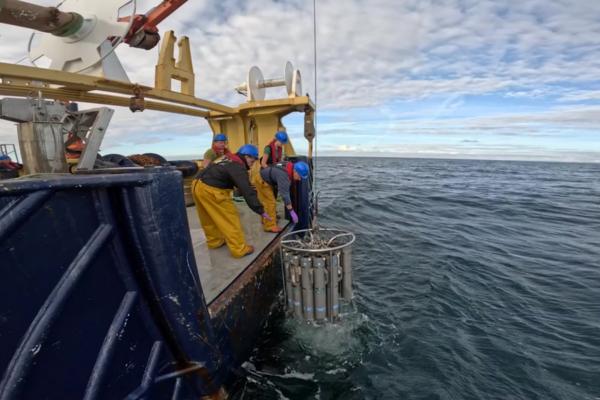17th November 2023 | News
Western English Channel data is now easier than ever to access
We are happy to share the news that the Western Channel Observatory has made accessing its century worth of physical, chemical and biological data from the Western English Channel even easier.
The newly published, open access data description paper can be accessed via the Earth System Science Data journal websites.
View resourceThe Western Channel Observatory (WCO) comprises a series of sampling sites within 40km of Plymouth (UK), which have been sampled by the Plymouth Institutes on a regular basis since 1903.
This longevity of recording and the high frequency of observations provide a unique combination of data. Temperature data were first collected in 1903 and the reference station L4 has been sampled on a weekly basis since 1988, where nearly 400 planktonic taxa have been counted.
While the component datasets have been archived, the team have worked tirelessly to provide the first summary database bringing together a wide suite of the observations into one place for easier access by a wider range of users, such as for use within educational resources for undergraduates.
To improve overall utility, the various component datasets were brought together into a single format with the core datasets summarised as monthly averages and for broad functional groups. This level of detail (coarser than some of the measurements, which can be weekly and for individual species), was chosen as a first step to provide a summary database that combines many diverse data sources.
Specialists who wish to access the underlying high-resolution observations, data for individual species, the most recent data available or require other data sets not summarised are directed to the Western Channel Observatory data catalogue: https://www.westernchannelobservatory.org.uk/data. This catalogue provides sampling details, doi’s of the most recent 140 versions, and points of contact for specific data sets.

 Western Channel Observatory
Western Channel Observatory